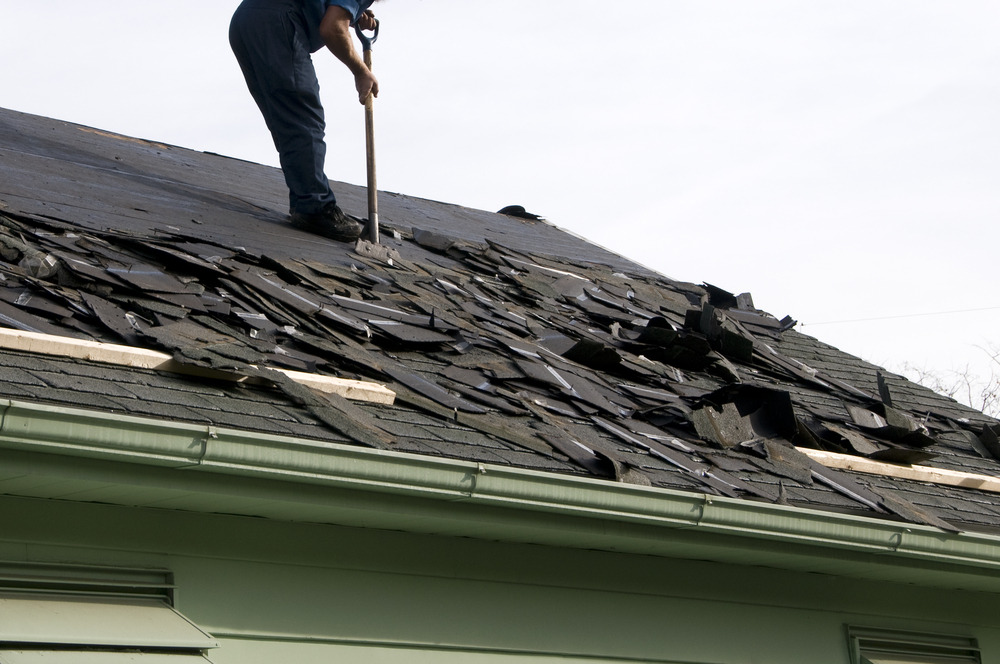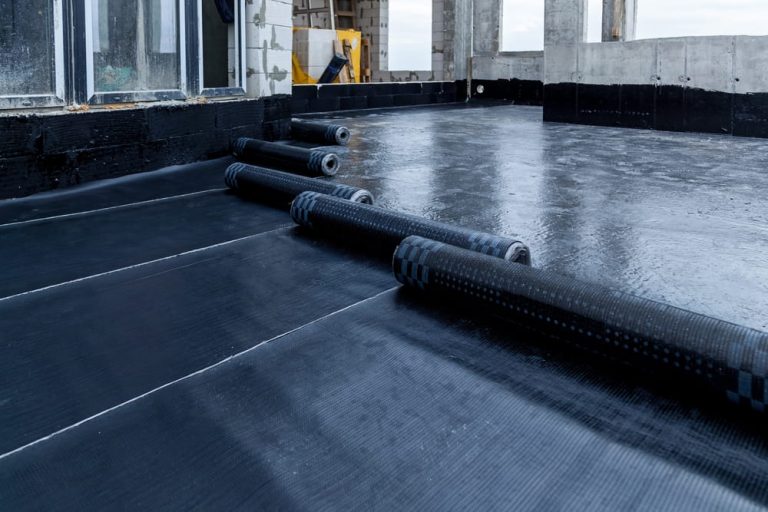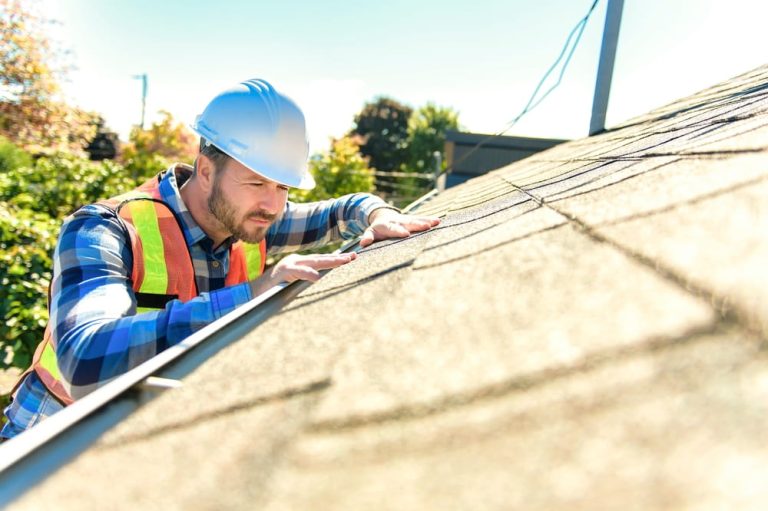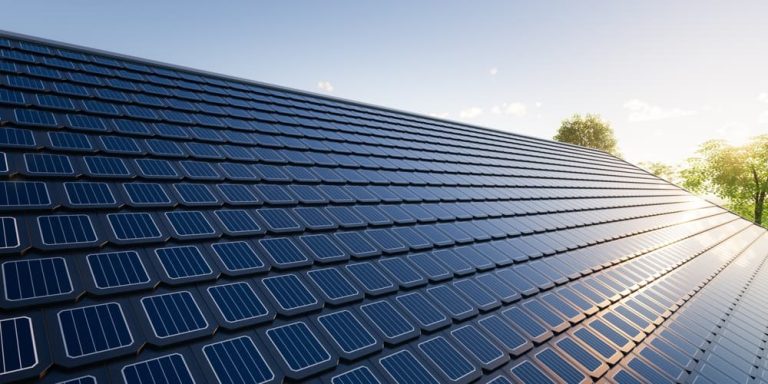Water ponding on rooftops is one of the common roofing problems that can lead to significant damage if not addressed properly. Chronic standing water can deteriorate roofing materials, encourage algae and plant growth, and even result in costly structural damage. Pinnacle Home Improvements emphasizes the importance of preventing water ponding through strategic planning and regular roof maintenance. Recognizing the potential risks associated with water accumulation on roofs is crucial for homeowners aiming to maintain the integrity of their homes.
Experts from Pinnacle Home Improvements recommend various methods to prevent water ponding. These include designing adequate drainage systems, ensuring proper roof installation, and conducting regular inspections. Homeowners should be proactive in addressing the first signs of water ponding to prevent escalation. Ensuring that water can flow freely off the roof and away from the structure is essential in safeguarding the longevity of any residence.
Investing in a well-maintained roof is not just about preventing immediate issues; it also contributes to the overall value of a property. Pinnacle Home Improvements’ approach combines regular checks and maintenance with strategic improvements to avoid water ponding. With expert insights, homeowners can make informed decisions to protect their homes from the potential damage caused by standing water on their roofs.
Understanding Water Ponding
Water ponding on roofs is a prevalent issue, pertaining particularly to flat or low-slope roofing systems. Effective management of rooftop water is essential to maintain structural integrity and prevent damage.
Causes of Water Ponding
One of the primary reasons for water ponding is inadequate drainage. This can occur due to:
- Clogged drains: Leaves, debris, and dirt can block the drainage points.
- Improper roof design: Lack of sufficient slope or poorly placed drains prevents water runoff.
- Insufficient maintenance: Roofs that are not regularly cleaned or inspected can develop subtle changes that impede proper drainage.
Structural deflection also contributes to water ponding. Over time, buildings can settle or roof structures can sag, creating low points where water collects. Furthermore, damaged roofing materials such as compromised membranes or insulation can lead to uneven surfaces that trap water.
Consequences of Ignoring Water Ponding
When water ponding is not addressed, it can lead to several detrimental outcomes, which include:
- Premature aging of roofing materials: Constant moisture exposure can deteriorate roofing components like membranes and cover boards.
- Growth of algae and vegetation: Stagnant water provides a habitat for plants and algae, which can further damage the roof’s surface.
- Increased load and potential roof collapse: The weight of the ponded water puts undue stress on the roof structure, potentially leading to collapse if the structural limits are exceeded.
Persistently ignoring water ponding also severely compromises the insulation, reducing the energy efficiency of a building. It is crucial for property owners to promptly address ponding to safeguard their investment and maintain a safe environment within the property.
Design Considerations for Preventing Ponding
The success of preventing water ponding on a roof hinges on thoughtful design choices that address roof pitch and planned drainage systems.
Roof Pitch and Slope
The pitch and slope of a roof are essential in directing water runoff. A minimum slope of 1/4 inch per foot is recommended to ensure proper water flow. Commercial roofs can benefit from a pitch of 1/2 inch per foot for even better drainage. It is crucial for designers to adhere to these specifications to avoid water accumulation.
Drainage Planning
Effective drainage planning is critical to mitigating ponding risks. Primary considerations involve strategically placed drains, scuppers, and gutters. Leaders and downspouts must be sized correctly to handle the anticipated water load. The number and placement of drains should match the roof’s size and design, taking into account local rainfall data to ensure the system’s capacity is not overwhelmed during heavy precipitation events.
Maintenance Strategies
Effective maintenance strategies are crucial for preventing water ponding on roofs, a common roofing problem that can lead to leaks and structural damage if not addressed.
Regular Inspections
Regular inspections by professionals are pivotal to detect any potential issues early on. These scheduled checks, ideally conducted biannually, should focus on:
- Surface Evaluation: Scrutinize the roofing membrane for signs of blistering, cracking, or wear.
- Drainage System Assessment: Ensure all drains and scuppers are clear of blockages and functioning properly.
Debris Removal and Gutter Cleaning
Debris accumulation contributes significantly to ponding water and obstructed water flow. Cleaning protocols include:
- Gutters and Drains: Removing leaves, twigs, and other debris to prevent clogs.
- Roof Surface: Clearing debris that can trap water and promote algae growth, which can deteriorate roofing materials over time.
Maintaining a clear path for water is imperative to avoid the common problem of ponding and to sustain the longevity of the roofing system.
Repair and Improvement Solutions
Proper maintenance and timely repairs are critical for preventing water ponding on a roof. Experts from Pinnacle Home Improvements emphasize both immediate and long-term strategies.
Immediate Fixes
Immediate fixes are essential to address water ponding problems as soon as they appear.
- Clear Drainage Points: Ensuring that gutters, scuppers, and drains are free of debris can prevent water accumulation.
- Patching Low Spots: Applying a patch of roofing cement and reinforcing mesh can temporarily resolve minor dips in the roof where water collects.
Long-Term Solutions
Long-term strategies are implemented to offer lasting results against water ponding.
- Regrading the Roof: This involves adjusting the slope of the roof to enhance water runoff.
- Installing Tapered Insulation: This method creates a slope on flat roofs using sheets of insulation with varying thicknesses.
Professional Assessment and Intervention
Professional assistance is imperative for addressing water ponding on roofs effectively. Experts possess the necessary skills to identify underlying issues and implement lasting solutions.
When to Call the Experts
- Obvious Signs of Ponding: If water remains on the roof 24 hours after rainfall, it’s time to contact professionals.
- Sagging Rooflines: They are indicators of potential structural problems that require immediate expert evaluation.
Choosing the Right Contractor
- Certifications: Ensure they have valid licensing and insurance for roofing work.
- Experience with Water Ponding: Look for contractors who specialize in water management solutions for roofs.
Preventive Measures and Innovative Solutions
Preventive measures are key to avoiding the detrimental effects of water ponding. Pinnacle Home Improvements advises taking a proactive approach to roof care, which includes innovative solutions to enhance drainage.
Innovative Drainage Solutions
The market offers a variety of innovative products designed to improve roof drainage:
Cricket Installation: Crickets are peaked structures installed behind chimneys or along roof ridges to divert water away from flat areas.
Electronic Leak Detection: This technology helps identify problematic areas that are prone to water ponding before they become visible.
Green Roofs: These living roofs absorb rainwater and reduce the burden on drainage systems while providing additional insulation.
Proactive Waterproofing
Proactive waterproofing measures can significantly reduce the risk of water ponding. These include:
Liquid-Applied Membranes: These create a seamless, watertight barrier over the existing roof surface.
Reinforced Bitumen Membranes (RBMs): RBMs offer multiple layers of protection, making them a robust waterproofing solution.
Adapting to Climate Change
Climate change has led to more frequent and intense weather events, making it crucial for drainage systems to be adaptable:
Rainwater Harvesting: Collecting and storing rainwater for reuse can alleviate excessive water on the roof during heavy downpours.
Upgrading Drainage Capacity: As weather patterns change, upgrading the drainage system to handle larger volumes of water can prevent future ponding.
Education and Awareness
Education is paramount for homeowners to understand the importance of roof maintenance:
Workshops and Seminars: Pinnacle Home Improvements recommends educational events to teach homeowners about roof care and water ponding prevention.
Online Resources: Providing access to online guides and tutorials can empower homeowners to take the initial steps in maintaining their roofs.
Collaboration with Manufacturers
Working closely with manufacturers of roofing materials can lead to better products and installation methods:
Feedback Loop: Installers can provide feedback to manufacturers on the performance of roofing materials, leading to improved designs.
Joint Research: Collaborating on research projects can result in innovative materials and solutions tailored to prevent water ponding.
Cost-Benefit Analysis
Homeowners should consider the cost-benefit analysis of investing in high-quality drainage systems:
Long-Term Savings: While the upfront cost may be higher, effective drainage systems can prevent expensive repairs due to water damage.
Increased Property Value: A well-maintained roof with an efficient drainage system can enhance the property’s market value.
Community Building Regulations
Local building regulations may dictate specific requirements for roof drainage systems:
Compliance: Ensure that any improvements or repairs comply with local codes and standards.
Permits: Before undertaking significant roof work, it is important to secure the necessary permits from local authorities.
Conclusion
Preventing water ponding is not only about protecting the roof but also about preserving the overall health and safety of a home. Pinnacle Home Improvements is a roofing company that provides a comprehensive approach to roof care, emphasizing the importance of preventive measures, regular inspections, and timely interventions. By staying informed and working with experienced professionals, homeowners can effectively manage water ponding and extend the life of their roofing systems. It is essential to take water ponding seriously and invest in the right solutions to maintain a durable and reliable roof.















